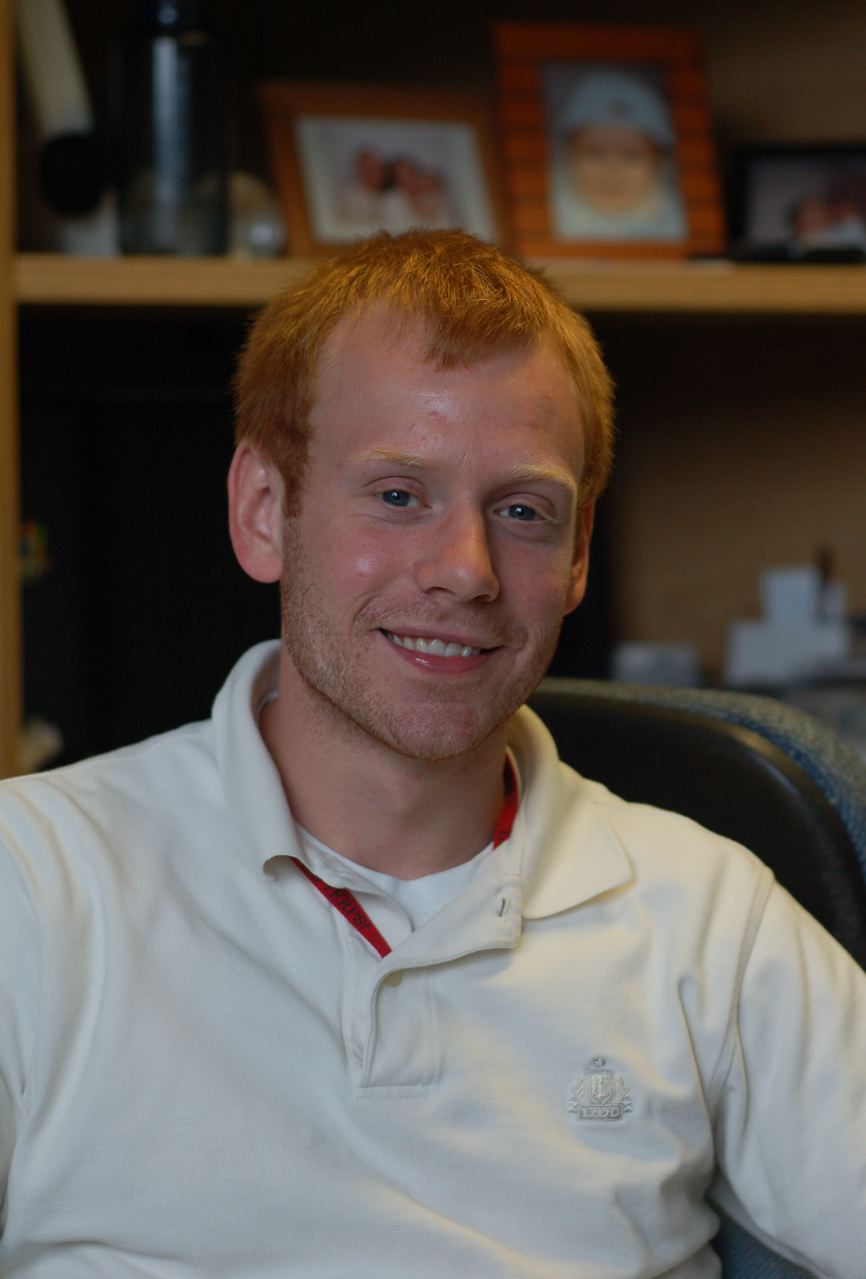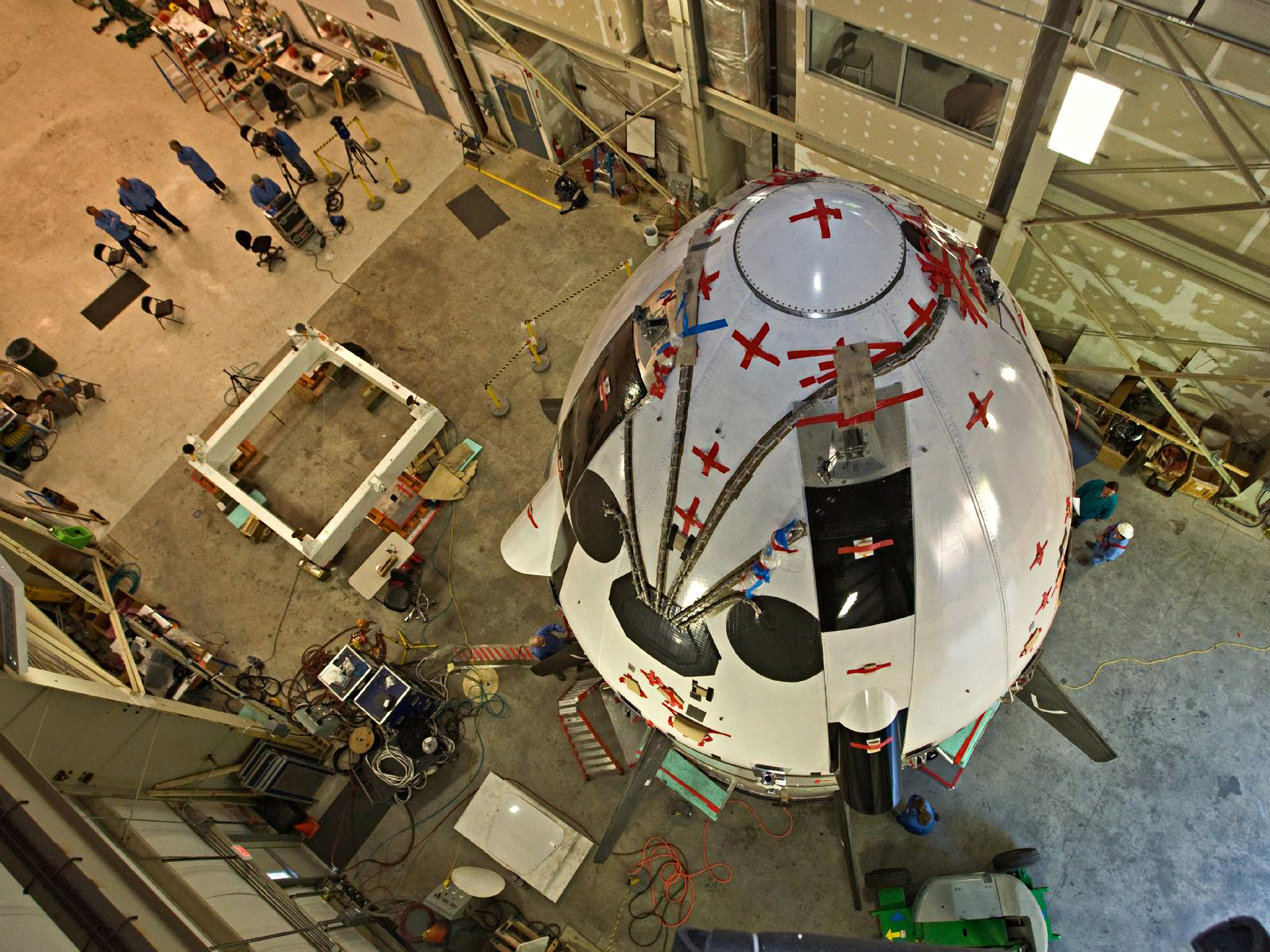
By Gerry Daelemans
Reorganizations can have unintended and unexpected outcomes. Sometimes they create new problems in the process of solving old ones. When the Goddard Space Flight Center in Greenbelt, Maryland, disbanded its Special Payloads Division in 1998 during a centerwide reorganization, the Shuttle Small Payloads Project Office (SSPPO) that had been housed there experienced a simultaneous shift in management, projects, and goals. Finding the right footing and regaining a good working environment in this new terrain took a couple years and an uphill climb.
Since its inception in 1984 and until its retirement in 2003, the SSPPO flew more than seventy-five scientific, technological, and student Hitchhiker experiments; 255 Get Away Special (GAS) payloads; and more than 120 Space Experiment Module (SEM) experiments aboard the Space Shuttle. The SSPPO team was well versed in flying payloads on manned spaceflight missions.
After the reorganization in 1998, GAS and SEM became part of the engineering workforce at Wallops Flight Facility, which reported to SSPPO management at Goddard’s Greenbelt campus. The SSPPO in turn reported to its new management located back at Wallops.
This new office arrangement, a Wallops workforce inexperienced with manned spaceflight payloads, and the merging of two distinct engineering cultures created new complexity within SSPPO. Also around this time, center management began to question why the office was located at Goddard instead of at one of NASA’s manned spaceflight centers. They began pushing for SSPPO to align itself with Goddard’s core business; the office would otherwise be moved to a manned spaceflight center.
Listening and Recognition
I became chief of SSPPO in 2000 and quickly realized we had some challenges to overcome. Our vehicle for payload experiments, the Space Shuttle, was slowly being monopolized by International Space Station (ISS) assembly cargo. Our attempts to obtain ISS payload work were unsuccessful. Center management wanted us to move away from manned spaceflight. Wallops and Greenbelt cultures were clashing. Even though people enjoyed the work we did and were very passionate about continuing it on shuttle and ISS, our future looked bleak given the circumstances.
I found myself asking, how could we gain center support for ISS work? How could we align our work with Goddard’s core business? How could Wallops and Greenbelt work together more productively and cooperatively? How do we boost morale? How do we avoid going out of business?
As I began thinking about answers, I recalled learning earlier that people’s actions are correlated to how they perceive the world around them, and that their perception of the world is formed by the conversations they have—those they speak out loud and those unspoken yet communicated, of which they are unaware. So I began to listen anew to what people were saying.
The foreground conversations were easy to hear, as these conversations had been present in our office culture for years: we love what we do, but we aren’t appreciated by management or our colleagues at Greenbelt/Wallops; no one knows the great work we’ve contributed; they just don’t listen; I’m always so busy. There were many positive conversations, too, but the negative ones were of most concern.
The background conversations took more effort to recognize. To understand how background conversations work, think about driving a car now versus when you were sixteen. When you first began driving, the foreground conversations were likely, “Keep this much distance between my car and the one in front of me, signal 100 feet before turning, and do not pass over a double yellow line.” The conversations today might be more like, “How will I get to my destination, who am I meeting, do I need to run chores on my way home?” But the conversations from when you were sixteen haven’t gone away. They’ve been pushed so far into the background you don’t hear them anymore, but they still affect your driving.
The same thing was happening on our team. The “we aren’t appreciated” conversations and some background conversations we could no longer hear were affecting how we perceived the world, which influenced our actions and results. They were also affecting how the world around SSPPO perceived us. We needed to pull those conversations to the forefront so we could recognize them, let them go, and create new ones.
Communication for Commitment and Results
To help the team hear the background conversations, I arranged a voluntary three-day workshop with an outside expert who supports organizations in distinguishing the background conversations and creating new, powerful conversations designed for maximum performance.
Forty people from the team participated in the workshop, including civil servants and contractors from both Greenbelt and Wallops. The first thing we focused on was the importance of listening, and listening with the mind, not only the ears. For instance, if I were having a conversation and listened only to decide if I agree or disagree with the speaker, I’m going to miss a lot of what is actually said. Because I am unaware of this agree/don’t agree filter, I may miss hearing opportunities, requests, or warnings in the conversation. Our team had similar filters; their default listening mode was oriented to hear only evidence that center management didn’t support us or Greenbelt didn’t respect Wallops. We were missing opportunities to take new actions because our background listening was deafening us.
For three days our team worked on bringing pervasive thoughts and conversations from the background into the foreground. The work we did was analogous to Newton discovering the three laws of physics. He did not invent inertia, acceleration, mass, friction, or resistive forces; he pulled these phenomena from the background to the foreground using math. Similarly, our workshop pulled forward the three laws of human performance: our actions are correlated to how we perceive the world; how we perceive the world arises in the language (conversations) we use; and generative language, which is future-action oriented, transforms how the world occurs for us.
It was clear that just changing our actions and expecting a different outcome in performance was not going to elicit the results we wanted; this is a recipe for history to repeat itself. With the team clear of our background and foreground conversations after the workshop, we were free to create new conversations: ones that used generative language and contained possibilities of an exciting future.
Evidence that we succeeded began to emerge after the workshop ended. Because we had realized we were the authors of our “no support from center management” message, we were able to rewrite it. By making this change, we also altered how others perceived us. The other NASA groups we dealt with started to relate to us differently.
Whereas before we had been denied requests for ISS work, we began receiving inquiries from senior management about how they might support us in getting this work. For instance, our deputy center director established and attended a meeting with me at NASA Headquarters to present our ideas for ISS efforts and to support our funding request for this new work— a request Headquarters granted.
I also received a call from a senior manager who thought our office would be a great place for a project fully aligned with Goddard’s core business activities. We took over that project, and now not only were we aligned per center management’s earlier requests, we had also found a way to continue our manned spaceflight payload work without moving to a different center.
As our old, disempowering conversations fell from daily use, our productivity also began to rise as we learned to use generative language more frequently. Indeed, one employee who previously had been reluctant to work with the team emerged as a leader, helping improve the relationship between Greenbelt and Wallops. When asked about the change in her behavior, she said that before the workshop, “The air was so thick with negativity and resignation about the future, you could cut it with a knife.” After the workshop, those conversations disappeared, “making the air clean again,” she said.
Network of Conversations
One of the biggest lessons the SSPPO team learned from this experience was that all we needed to manage was a network of conversations, not the people or the processes. Changing players or plans won’t lead to breakthroughs in performance; indeed, it often leads to a future that looks just like the past. By continually listening to conversations, leaders who understand and apply the three laws of human performance can create an environment that brings out the best in people, teams, and organizations. People are much more powerful and passionate than they themselves recognize, and when they understand how they unknowingly inhibit their own performance, they are free to change and fully realize their potential and creativity.
About the Author
 |
Gerry Daelemans has been with NASA for twenty years and is currently working in the Advanced Concepts and Formulation Office at Goddard Space Flight Center. |









